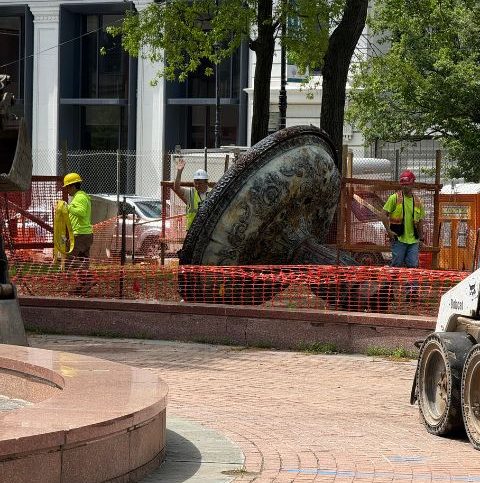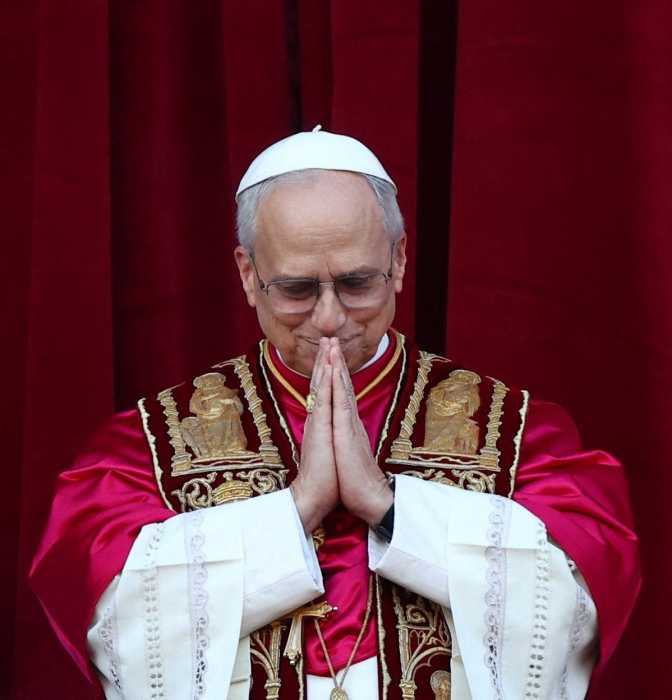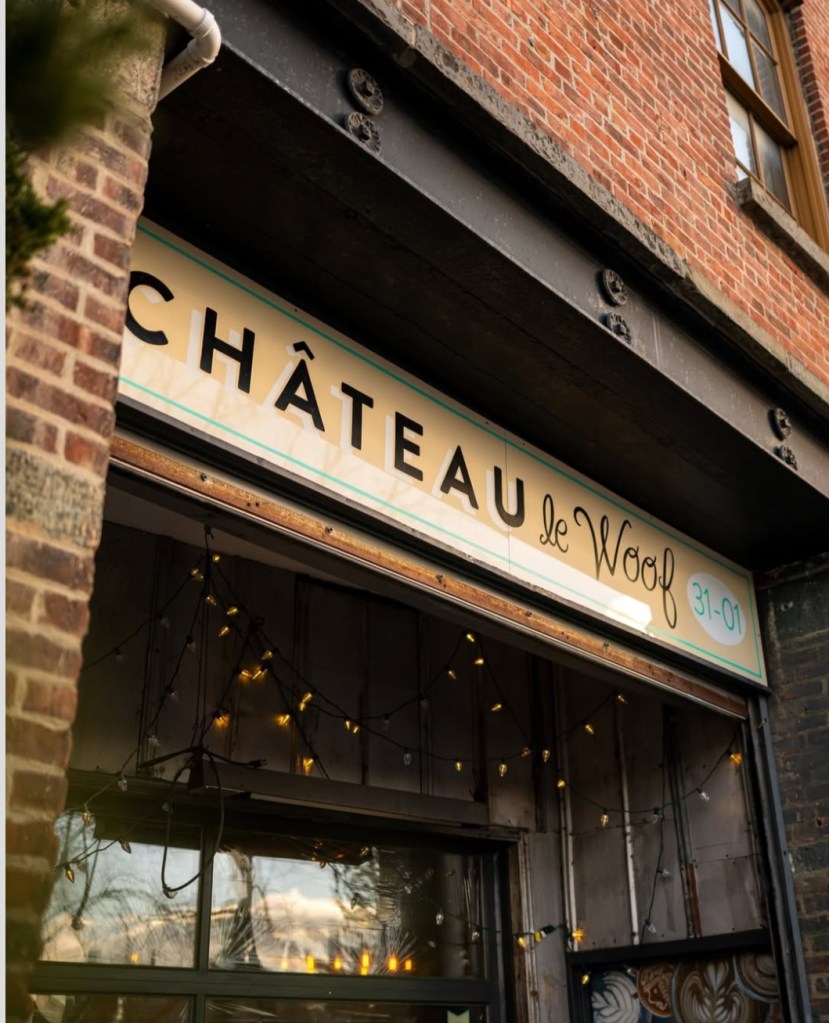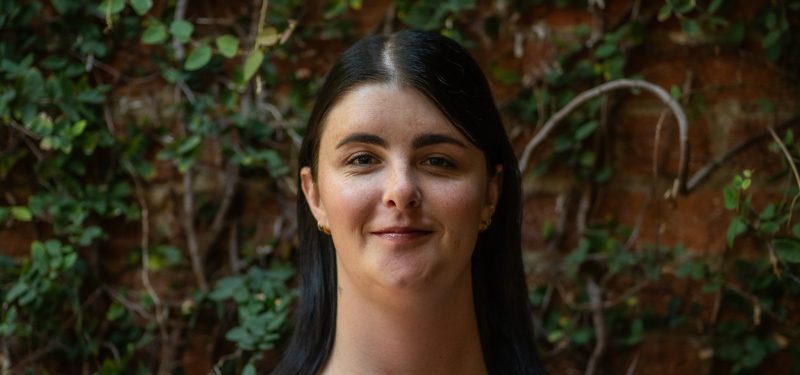By Jyoti Thottam
Reflecting the enormous diversity of the community it serves, the languages spoken by the doctors at Mount Sinai Hospital of Queens are almost as varied as the specialties they practice.
The new physician referral guide published by the 235-bed Astoria hospital classifies its 180 physicians according to 36 different specialties and 22 different languages. Many of the doctors and other staff live in the surrounding area, and hospital officials say they provide the hospital's strongest link to the rapidly growing, multi-ethnic communities of western Queens.
“A lot of the employees, the nurses and the physicians, are really from the community,” said Kathy Rubenstein, a spokeswoman for the hospital. “That's how we're best able to serve them.”
Unlike many hospitals, where the language and cultural gaps between doctor and patient may be wide, “You just don't find that here,” Rubenstein said.
The history of the hospital, located at 25-10 30th Ave. in the heart of Astoria, in some ways reflects the history of the neighborhood itself. It was established in 1910, one year after the opening of the Queensboro Bridge made it possible for the working class to live in Queens and commute to jobs in Manhattan.
At that time, it was known as Daly's Astoria Sanitorium.
“A lot of hospitals at that time were established for tuberculosis patients,” Rubenstein said.
The hospital has been in its current building since 1958, and it was run as a private hospital owned first by physicians and then by its accountants, and the name went through two more incarnations – Astoria General Hospital and then Western Queens Community Hospital in 1993.
In June 1999, Mount Sinai Hospital in Manhattan acquired Western Queens Community Hospital for $40 million, changing the name to Mount Sinai Hospital of Queens and changing its mission to that of a non-profit hospital with a focus on the community.
“They [Mount Sinai] have always considered community services and community outreach very important,” Rubenstein said.
The hospital logged more than 9,000 patients discharged and more than 61,000 outpatient visits in 1999, including more than 1,000 visits a month to its primary care clinic across the street.
When the hospital changed hands last year, one of the first steps its new owners took was to organize focus groups in the community to gauge what services people in the surrounding neighborhoods wanted. The hospital has also added its tables and banners to Astoria's half-dozen summer street fairs.
The result is a series of regular health screenings, for cancer, high blood pressure, diabetes and seminars on weight control and nutrition. Even during January's cold spell, 20 to 25 people would come to the seminars.
“We've really had a good response,” Rubenstein said.
A special focus for the hospital is the elderly population of western Queens. A community health nurse visits the area's senior centers regularly, and the hospital's Senior Healthcare Center gets more than 750 visits each month.
“The aging population is really in need of services,” Rubenstein said. “There is a social worker there that just works with seniors.”
The center offers specialized care for seniors, such as a therapeutic exercise program that uses tai-chi, a form of Chinese martial arts, for seniors with osteoporosis or arthritis.
While the hospital is trying to keep its focus squarely on the community, it is also taking advantage of the resources available through its new parent. Mount Sinai, a 1,171-bed teaching hospital affiliated with New York University medical school, plans to spend more than $30 million for renovations to the facility over the next several years.
“The physical facility obviously needs to be updated,” Rubenstein said. “The depth of resources has really changed.”
In addition to investment in new computers and Internet connections for its staff, the hospital plans extensive renovations to its emergency rooms, operating rooms and all the nursing floors. Two floors and the operating room are already complete, Rubenstein said.
In the meantime, she said the hospital is looking for more ways to better serve the young immigrant population of the borough.
“There's an energy here,” she said. “People are really confident.”































